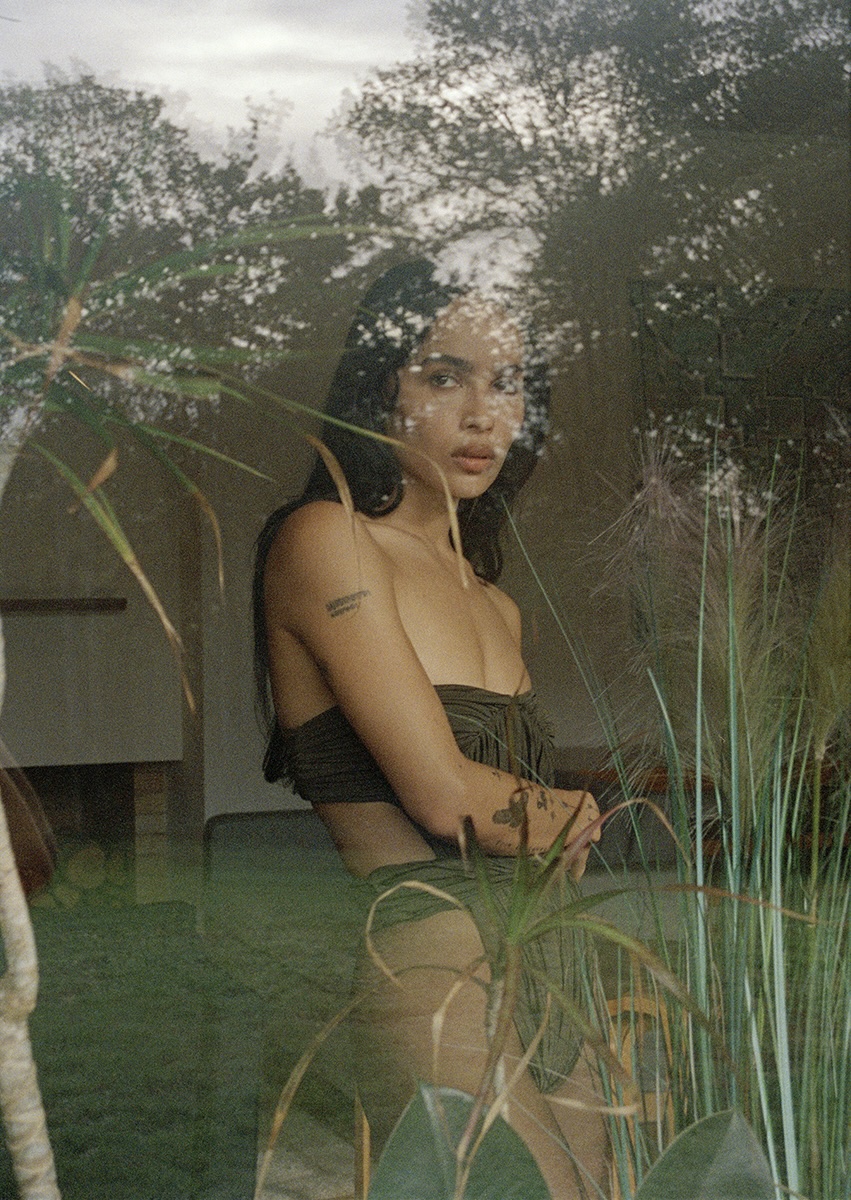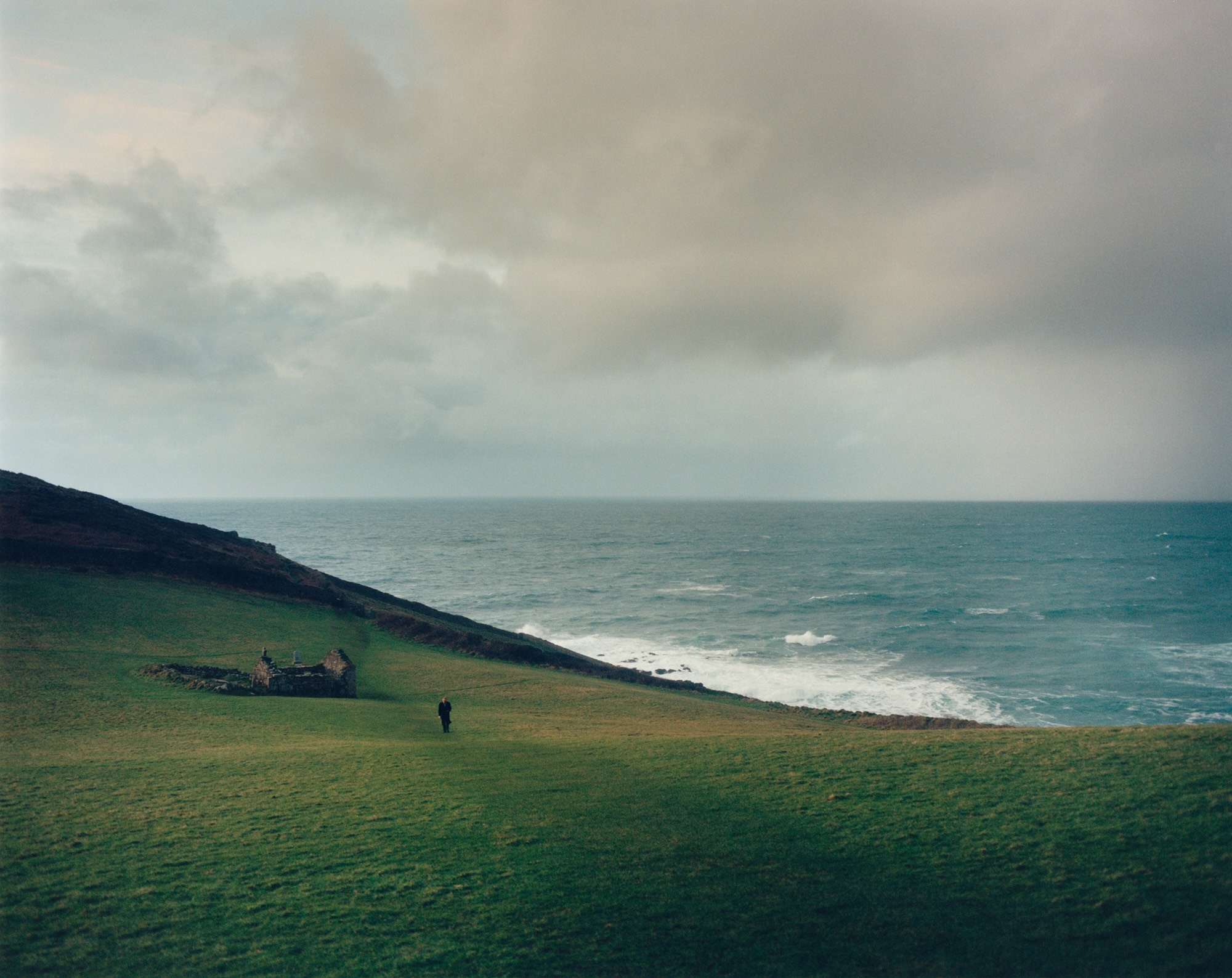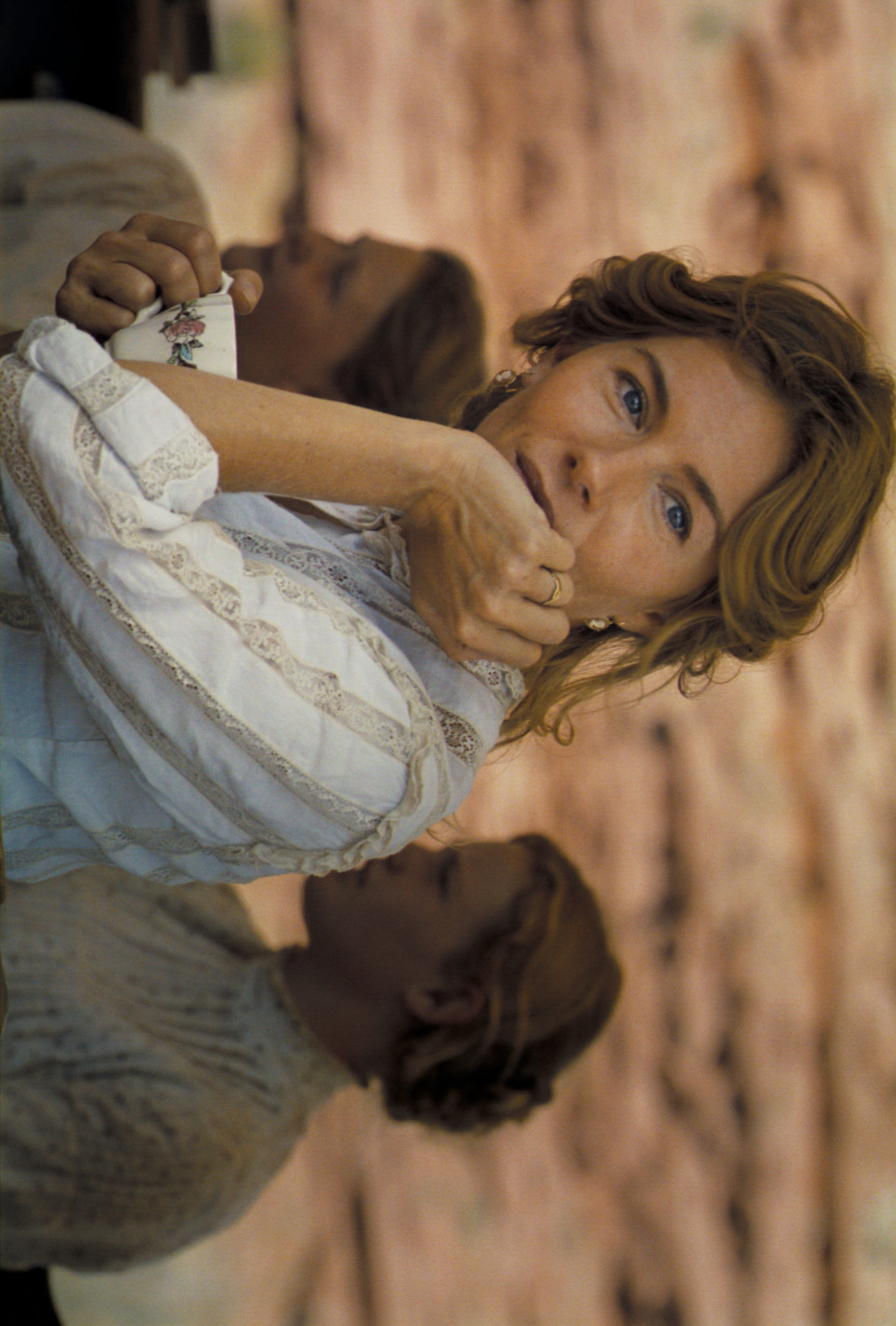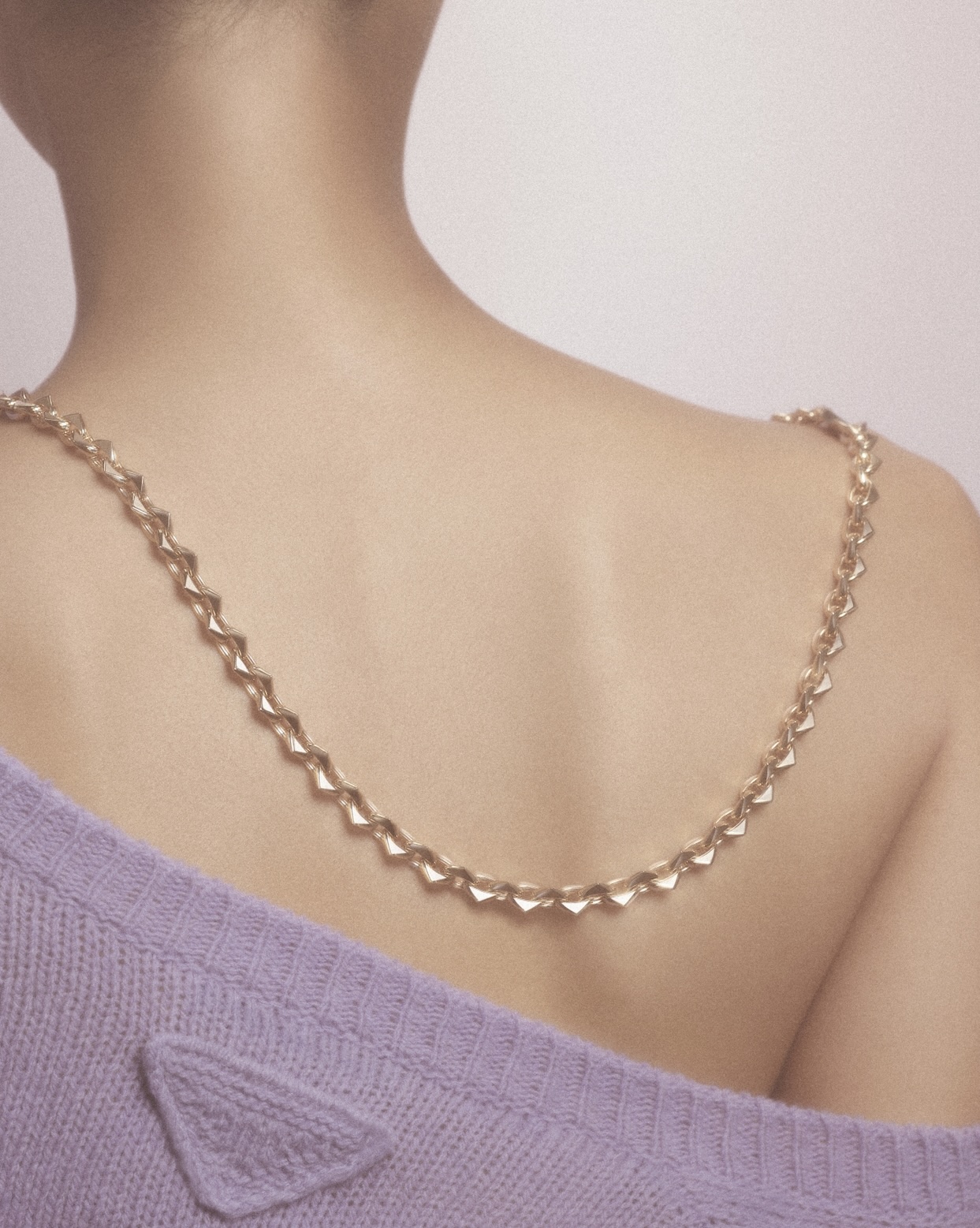Roe Ethridge experimented with photography from an early age by beginning to observe old diapositives of his father’s work. He started his experience by maintaining a conceptual bent of the images, but he realized very early that the work can be clearly superior when made instinctively, a characteristic that the artist developed over time to become one of his distinguishing features. In his photographs, Roe Ethridge uses the real to suggest the ideal, and often even subvert it. With his shots, the American photographer uniquely succeeds in revealing the fine line between the generic and the personal by blending art historical genres such as still life or portraiture, with a present and contemporary image culture. In the new catalog, titled American Polychronic and published by MACK, the images are strong and the reader immediately recognizes the subversive character of the artist. The first photograph of the book plays a very important role for Ethridge because it marks an evident change in his personal aesthetic and the beginning of his career: a shot of his yellow refrigerator in his Atlanta home, taken for the New York Times, that he identifies as a true family portrait because all the elements that represent it do appear in the picture. The photographs featured are taken from 2000 to 2021 and are arranged within the book following two main current: his artistic and personal work is arranged chronologically, while the commercial photography is in reverse chronological order, creating a harmonious yet contrasting sequence, hence the title of the work.
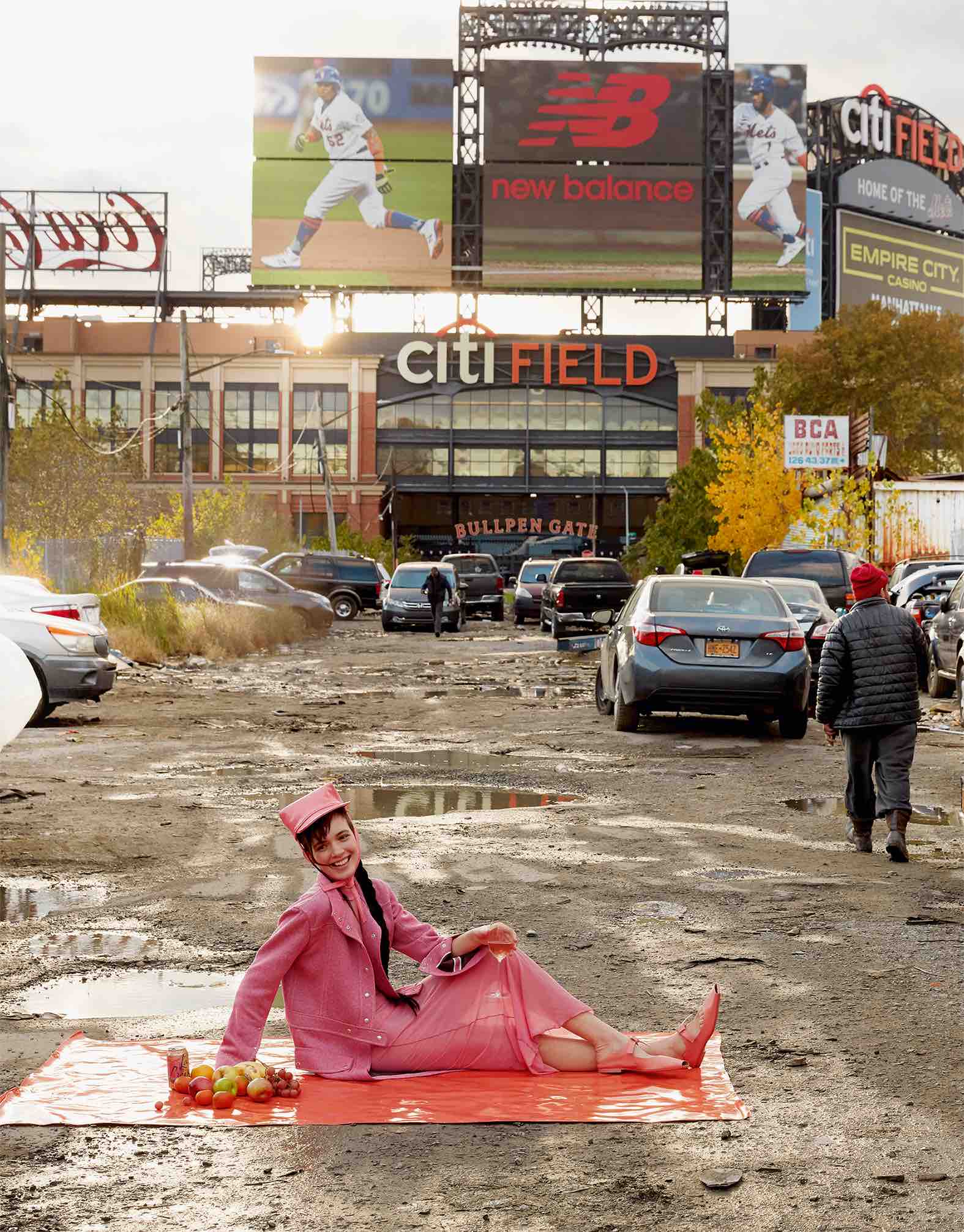
“A sequence has to sing. It’s not just something to decode and find the true meaning of. I have to feel its harmonies and disharmonies. It’s like a son.”
Leafing through the pages of the book, the reader notices how the different genres Ethridge develops in his photography are mixed, playfully alternating fashion images with everyday shots emphasizing the personal and the generic. As an established artist for more than 20 years in the art and fashion world, Roe Ethridge’s work has always distinguished for celebrating what most people would turn away from. His most famous images feature unexpected details that sometimes shock the viewer: the bloody nose on Andrew WK’s I Get Wet album cover, the mold on fruits, or even the eye with a large bruise in his 1999 self-portrait. The artist is attracted to human imperfection and says that in many cases, even unknowingly, we tend to choose an image that has some flaws rather than a perfect one.
Further information at mackbooks.eu.





